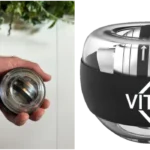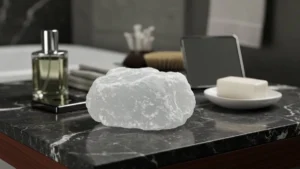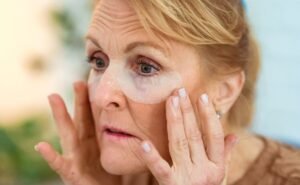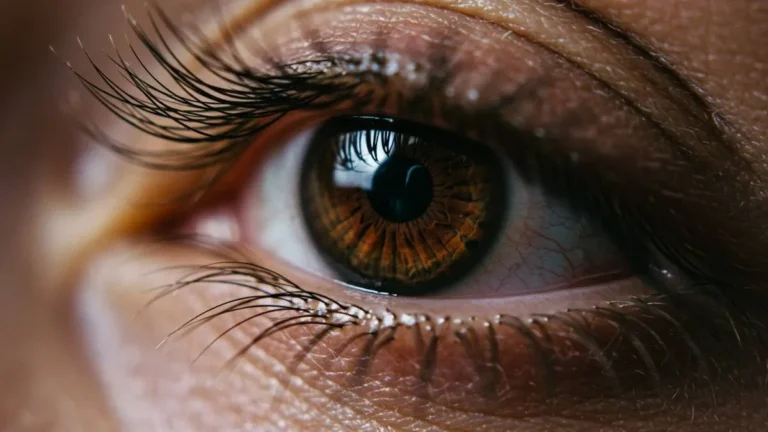The practice of washing your face with ice water, or “face icing,” has gained traction as a skincare trend, touted for its purported benefits, ranging from reducing puffiness to improving radiance. It’s crucial to understand what happens to your skin when doing this, when it’s appropriate, and how often to achieve the desired results without compromising the skin barrier.
Reduces swelling and inflammation:
Low temperatures cause immediate vasoconstriction, i.e., the narrowing of blood vessels. This reduces blood flow to the area, which is effective in reducing facial puffiness, especially in the morning or after a restless night.
Minimizes the appearance of pores:
Although it doesn’t permanently close pores (their size is genetically determined), the intense cold can cause pores to temporarily shrink, making them appear smaller and less visible, contributing to a smoother skin texture .
Improves blood circulation:
After the initial vasoconstriction, the body reacts by increasing blood flow (vasodilation) to restore temperature. This “rebound effect” improves circulation, bringing oxygen and nutrients to the skin’s surface, which can contribute to a healthier, more radiant appearance.
Increases skin luminosity:
Improved circulation and reduced puffiness can result in a fresher, more naturally glowing complexion. Skin appears revitalized and more even-toned, with reduced redness and dullness.
Helps set makeup:
By shrinking pores and gently tightening the skin, ice water creates a more even surface. This can make makeup application smoother and help products adhere better, extending their wear throughout the day.
Soothes irritated or reddened skin:
Cold has mild anti-inflammatory and analgesic properties. It’s useful for soothing the skin after cosmetic treatments such as waxing, mild sun exposure, or for relieving redness associated with conditions like rosacea (although in the latter case, seek caution and medical advice).
Suitable for various ages:
The practice can be appropriate from adolescence to adulthood. There is no specific age restriction, but caution is recommended for very sensitive skin, those with severe rosacea, or broken capillaries, as sudden temperature changes could exacerbate certain conditions.
Recommended frequency:
Ideally, use it only once a day, preferably in the morning, to take advantage of its anti-inflammatory and revitalizing effects. Doing it two or three times a week is enough to notice benefits without subjecting the skin to excessive heat stress.
Important precautions:
Do not apply ice directly to your skin for extended periods (maximum 15-20 seconds per area to avoid frostbite). If you use water, use quick immersion or compresses. Avoid this practice if you have severe circulation problems or extreme sensitivity to cold.























+ There are no comments
Add yours